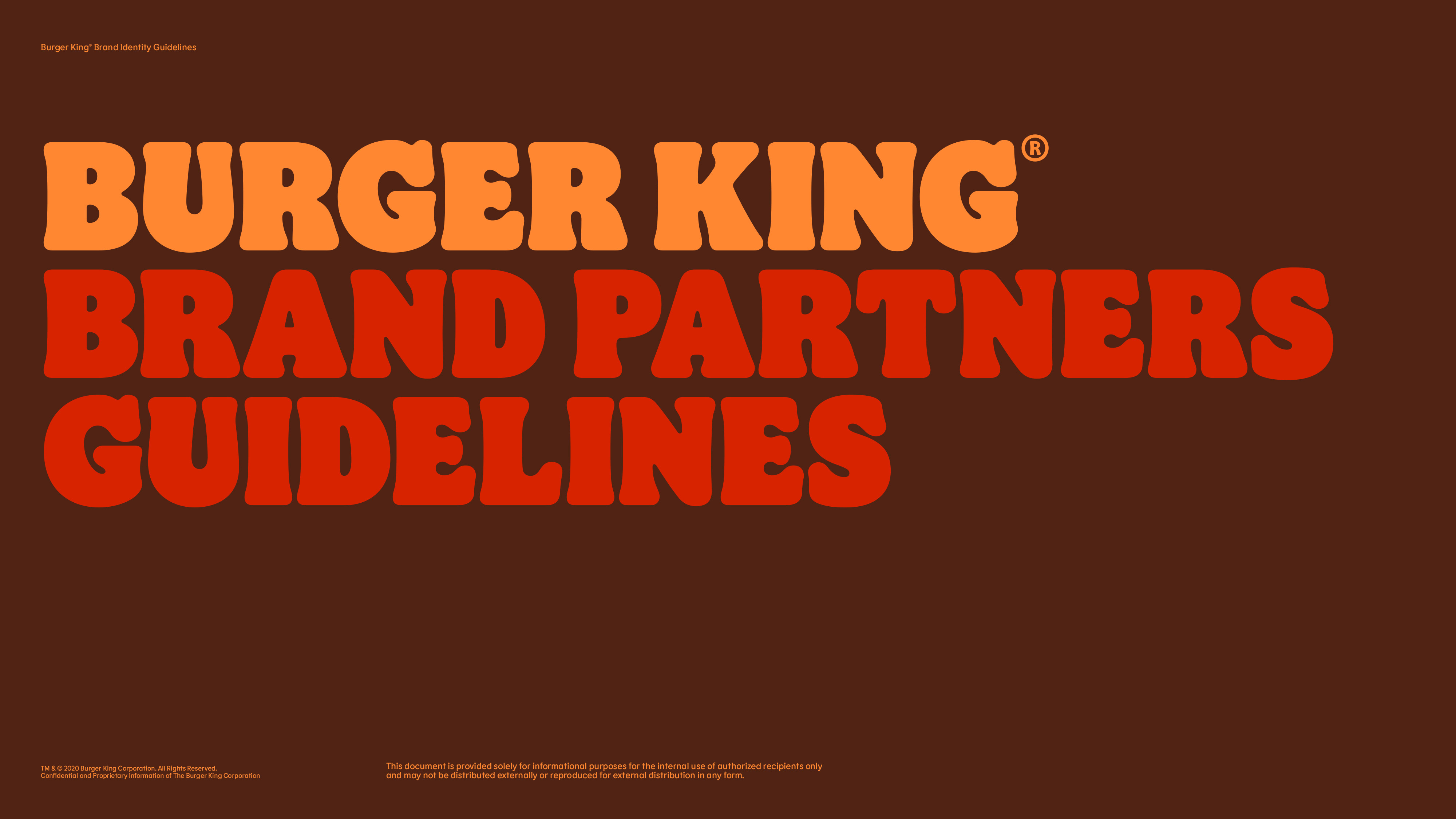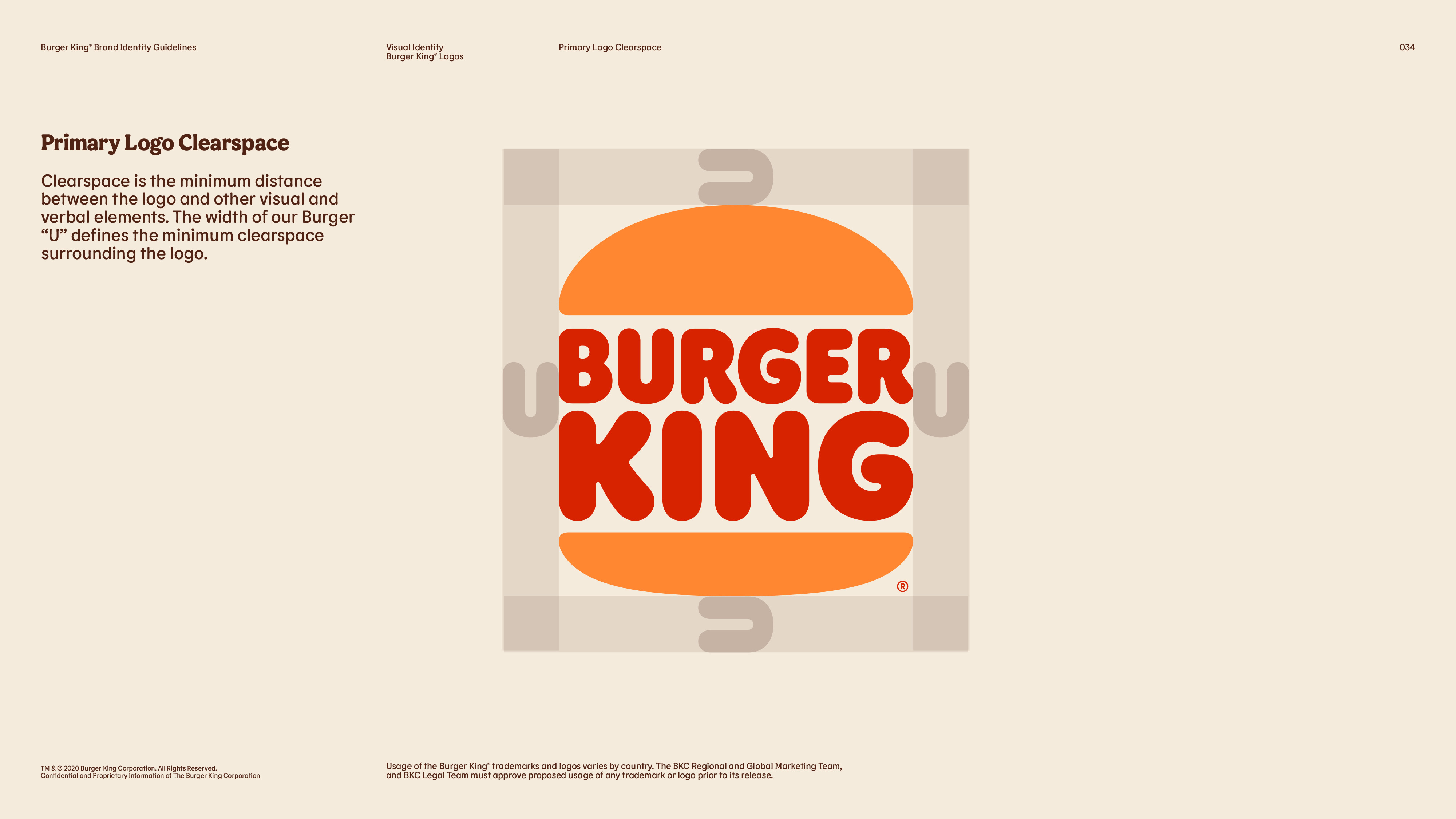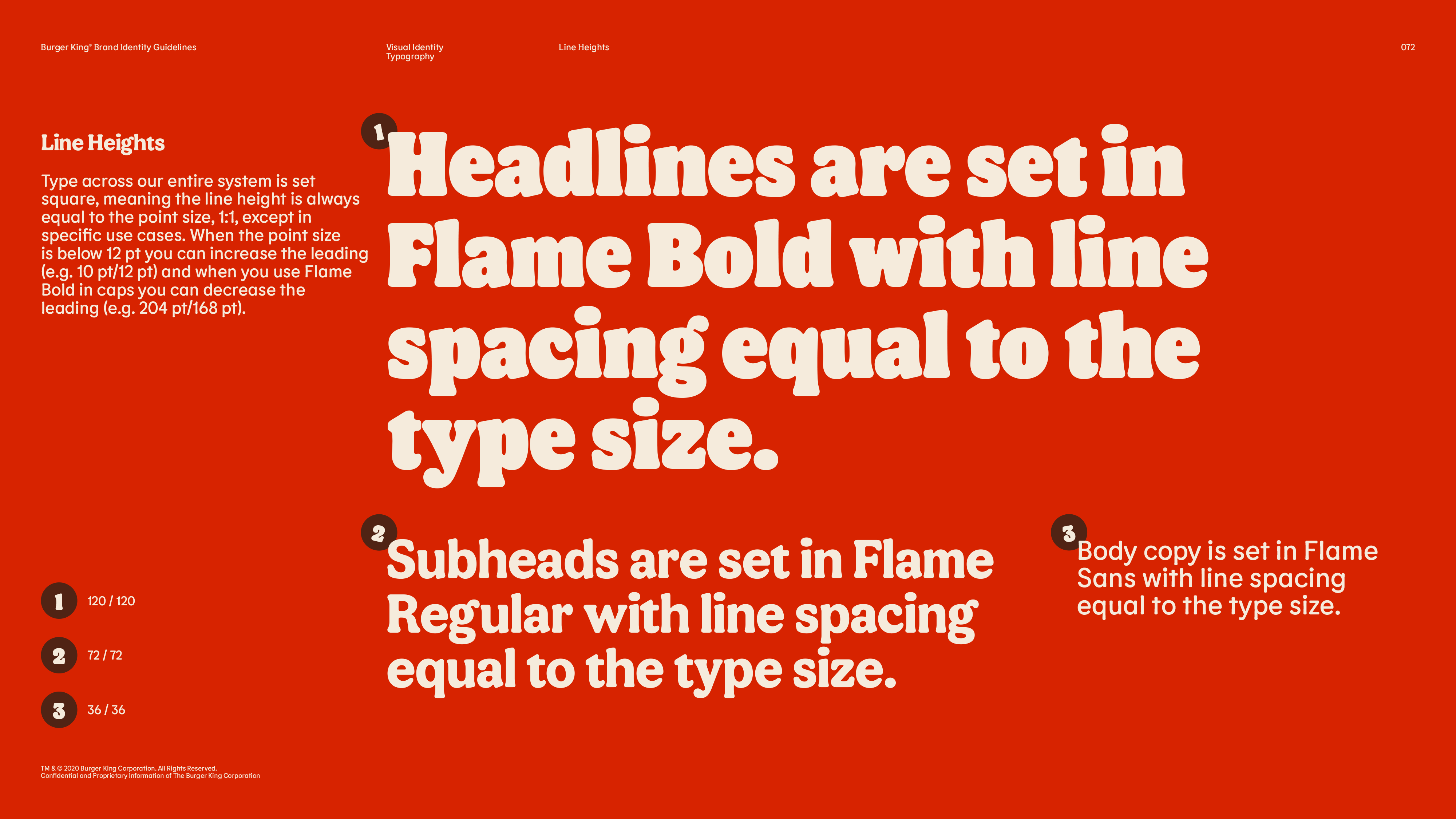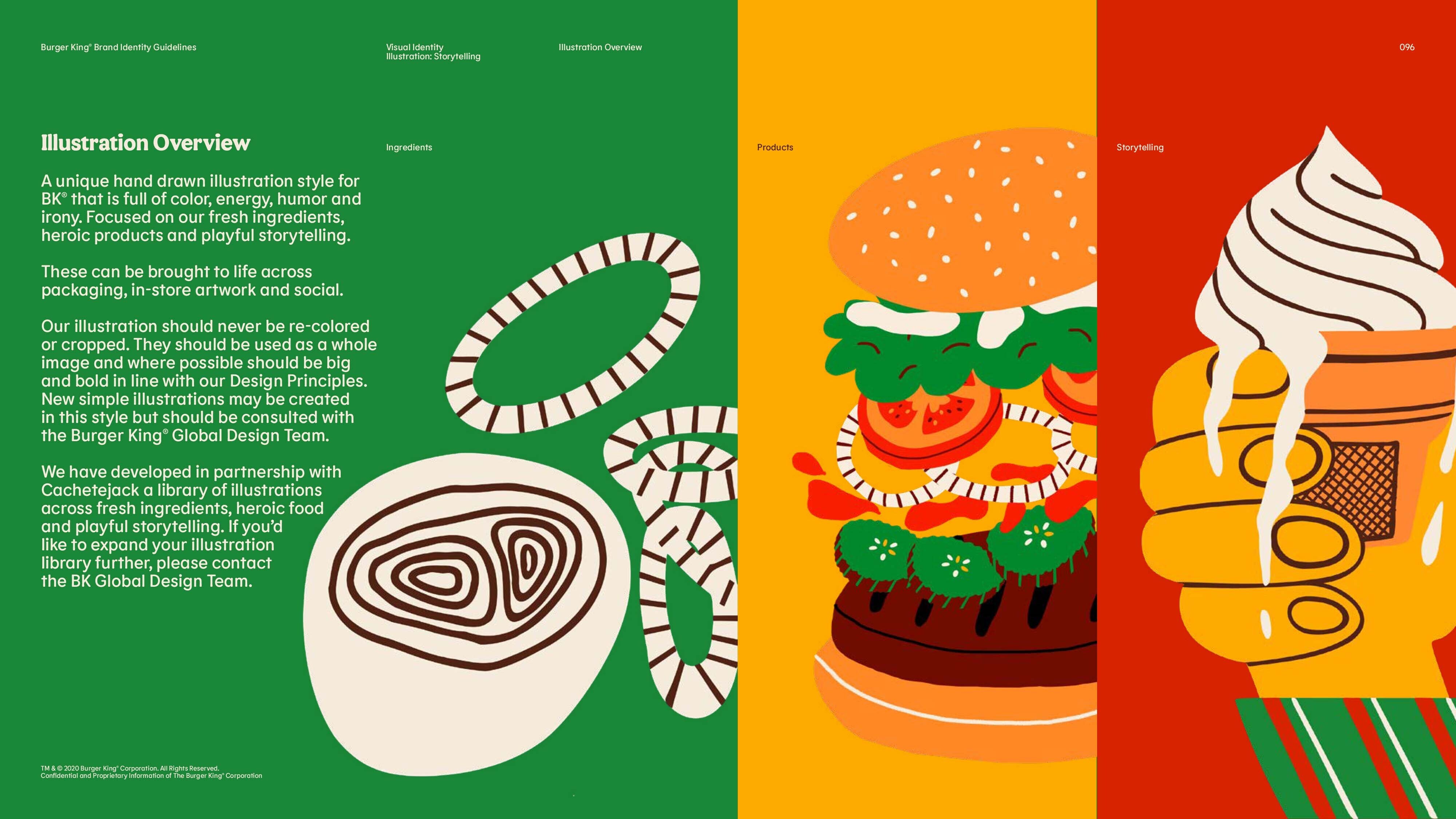Brand guidelines are a vital part of any successful brand. When you’ve invested a lot of money and time in creating your new brand or evolving your current one, you need to make sure it's applied effectively and consistently. It’s what makes a brand strong and recognisable.
Brand guidelines are a set of rules that tell everyone how your brand should be used. From logos, colours and fonts to messaging, advertising, websites and packaging, it ensures every instance of your brand is applied correctly. This helps people to easily recognise and remember your company or organisation. When you see the golden arches, you know it's McDonald's. Consistency like this builds trust and loyalty with customers.

1975 NASA Graphic Standards Manual. Image credit Standards Manual
In the past, brand guidelines were often massive printed manuals, but have now become commonly available as PDF documents. Guidelines can be as simple as a few sections about using a company logo, its brand colours, and which fonts to use. However, they can also be extensive, covering every aspect of a brand, and leaving no stone unturned. The size of your organisation determines how comprehensive these guidelines are. The more rules and details you include, the less room there is for interpretation.
These have served us well in the past and for many large companies, they still do. However, what happens when you want to make changes to this guide? Maybe you want to introduce a new colour or incorporate a new section for a different part of the company. You’re now faced with a couple of challenges;
- Incorporating these new elements into your brand guidelines is going to require both money and time. If they’re big ones, this could be a daunting task.
- As these are static documents you have to make sure all the old versions of the PDF are deleted and supply everyone the new or updated version.
Because of this, some guidelines don’t get updated and confusion creeps in. As a result, your brand can become diluted and inconsistent. But there is a better way.
Digital guidelines
Online or digital guidelines have been around for a while and have eradicated a lot of the issues caused by static predecessors. It's a much easier way for employees and partners to access and follow guidelines and keep brands consistent. Plus, resources like logo files, icon sets, and document templates can be added meaning there's much less risk of inconsistencies and people getting ‘creative’.
Digital guidelines have lots of advantages, but there are three main benefits that make them a must-have;
Editability
Unlike static documents, digital brand guidelines are an online resource and most of them have a CMS (Content Management System). This means changes can be made by anyone and can be rolled out instantly. This allows guidelines to stay up-to-date easily.
Scalability
Like many other online platforms, digital brand guidelines can grow too. As new materials and new rules on how to use them are created, new pages and sections can be added to house them. It means you’re not limited by how much you can add to your guidelines and you never have to worry about how you’re going to share a huge PDF file.
Flexibility
One of the biggest benefits of digital guidelines is that they can house various kinds of media. Video and motion have become a staple for many brands and they too need guidelines to ensure consistency. Being able to provide a moving demonstration of how a brand’s motion is treated is crucial. Something static guidelines can’t do. IBM’s digital guidelines are a great example of this. As an online resource, it provides working examples of how motion should be used as well as how it shouldn’t.
Example taken from IBM's digital guidelines on animation
Digital guidelines are a great asset for your brand, but not every company or organisation have the money to invest in creating a bespoke resource like this. There are pre-built solutions out there that make it a lot more affordable. Platforms like Standards and Brandpad offer pay-monthly subscriptions which help make digital guidelines more accessible. You may have seen from our case studies, that we too have created our own digital guidelines platform called OurBrand.


Cardiff City Football Club OurBrand Guide

Sections taken from JayJays OurBrand Guide
Frustrated by the lack of scope static guidelines have, we wanted to offer our clients something better for all the reasons I’ve mentioned. So when we hand over a brand to a client, we also provide them with their own OurBrand digital guidelines. It helps them implement their new brand more effectively and is a platform they can add to as their brand grows. It’s everything anyone needs to know about their brand, all in one place.
If you want to know more about OurBrand and what it can do, visit our-brand.co






